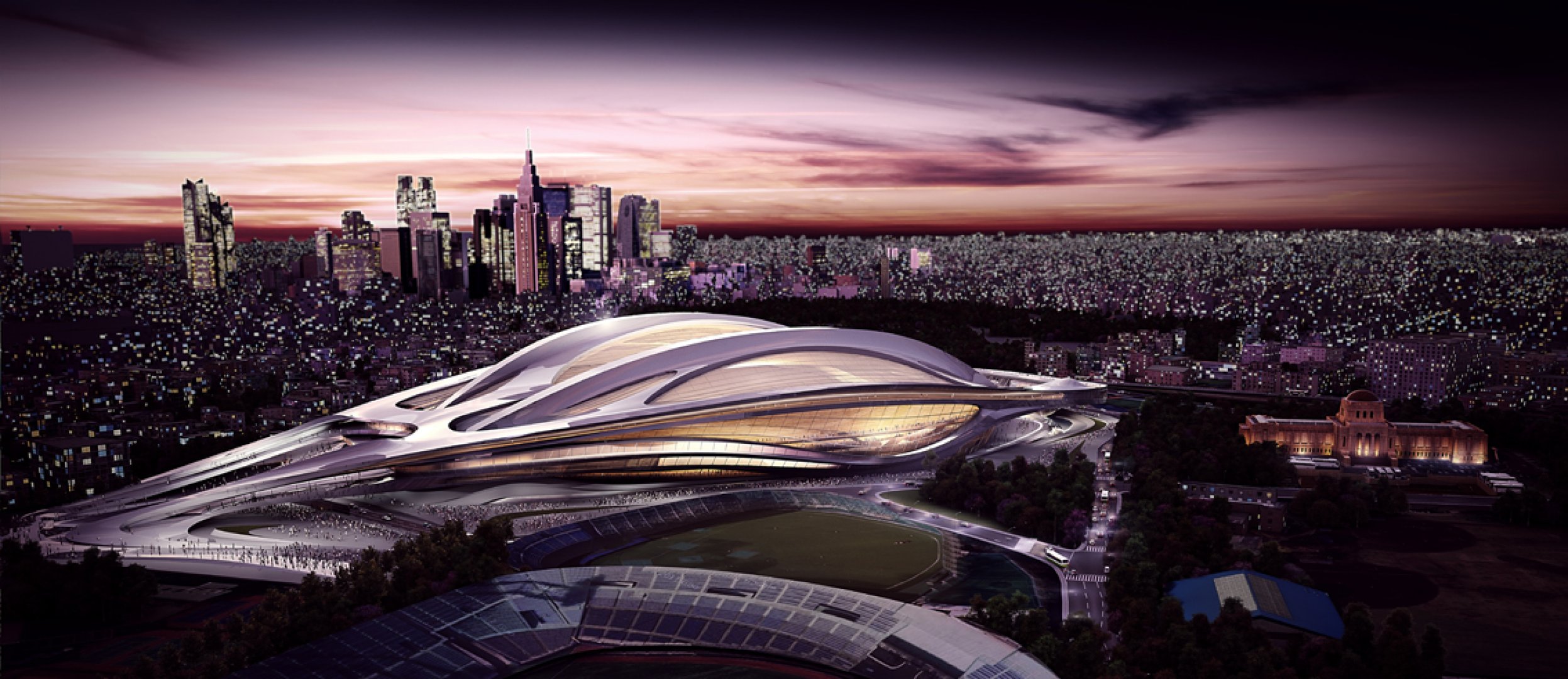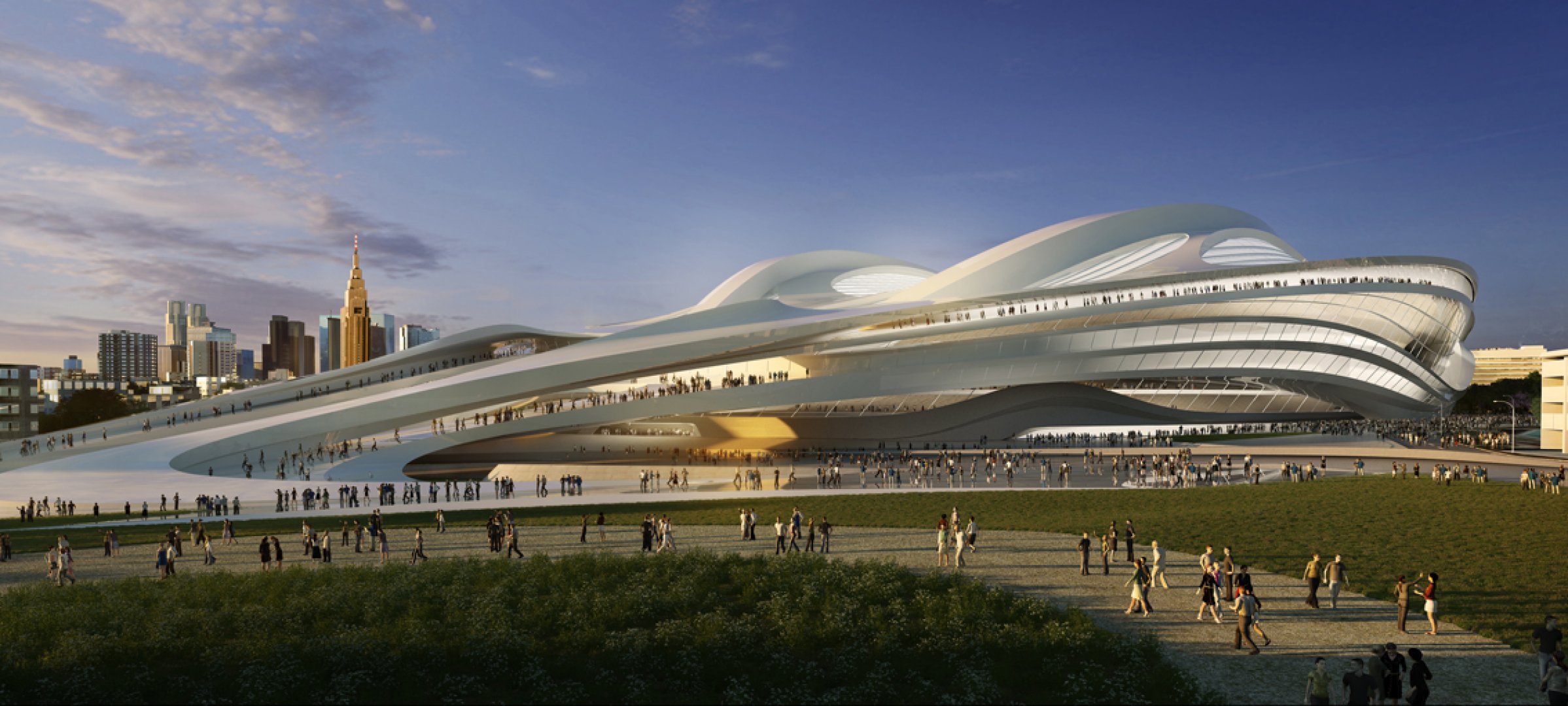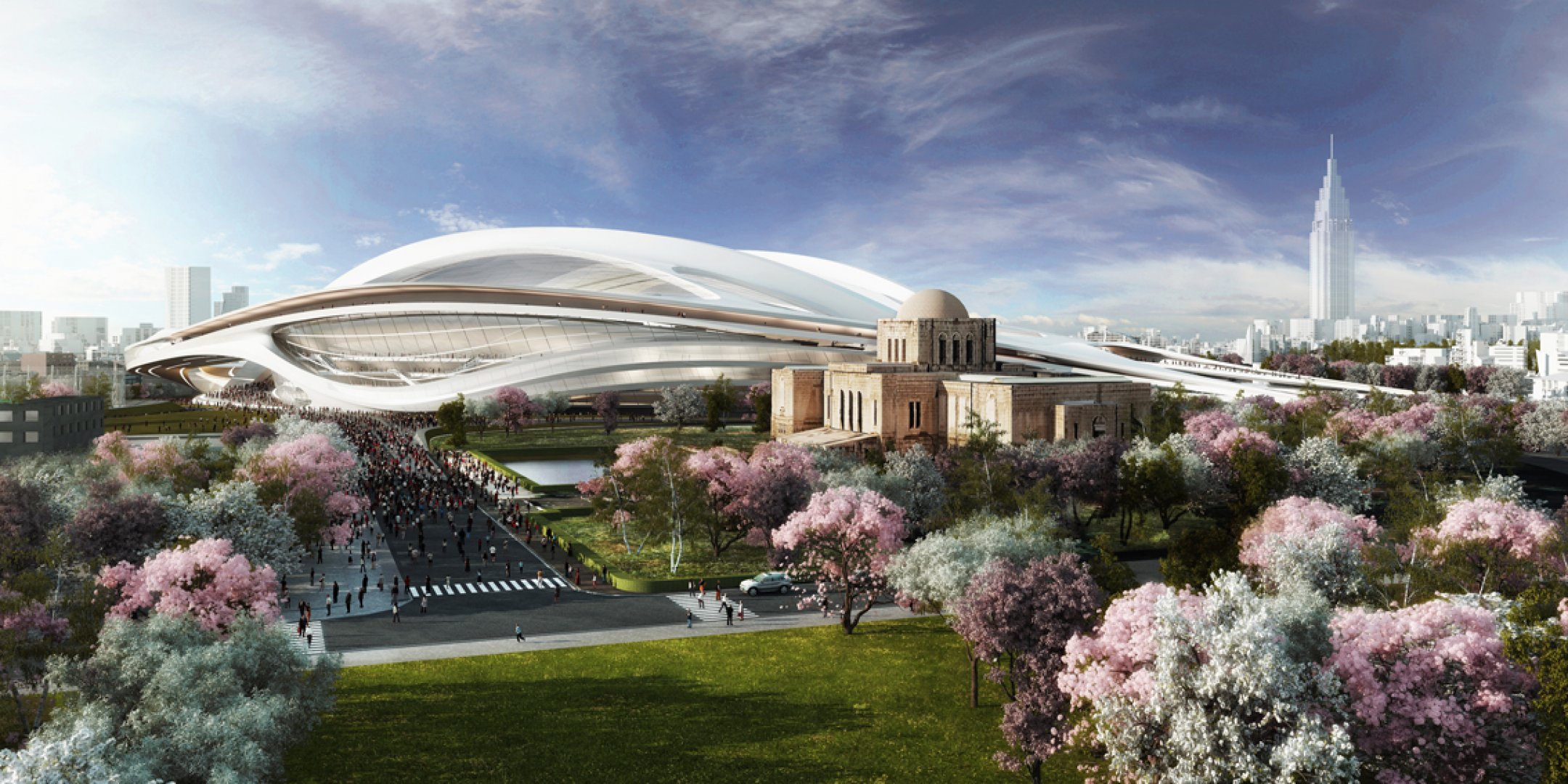Despite her extensive experience and established portfolio, household name and architect Zaha Hadid can’t seem to escape from scrutiny by fellow architects or even the public.
After criticism for her response to the deaths of migrant workers working on the stadium she designed for Qatar 2022, and then the rally of Japanese architects opposing the size of her design for the 2020 Olympic Stadium in Tokyo, Hadid was recently called-out by Japanese architect Takashi Moriyama for choosing a flammable material for the retractable canopy.
In an interview with the Japan Times, Moriyama said that “When you try to put your ideas into action, you have to make some compromise in design; it’s inevitable. Zaha would never compromise…so the panel members should have examined if her design was really feasible, but they never did.”
Japan New National Stadium from Zaha Hadid Architects on Vimeo.
Japan Times reports that the stadium is currently designed to accommodate 80,000 spectators. The design was approved in late May by a panel of experts set up by the Japan sport Council.
For more information, read the full article at Japan Times.
Related Stories
| Feb 10, 2012
LAX Central Utility Plant project tops out
Construction workers placed the final structural steel beam atop the Plant, which was designed with strict seismic criteria to help protect the facility and airport utilities during an earthquake.
| Feb 8, 2012
Nauset completes addition and renovation for Winchester senior living community
Theater, library, fitness center, and bistro enhance facility.
| Feb 8, 2012
Mega-malls expanding internationally
Historically, malls have always been the icons of America – the first mall ever was built in Minneapolis in 1956.
| Feb 8, 2012
World’s tallest solar PV-installation
The solar array is at the elevation of 737 feet, making the building the tallest in the world with a solar PV-installation on its roof.
| Feb 7, 2012
AIA introduces seven new contract documents to Documents-On-Demand service??
AIA Contract Documents are widely-used standard form contracts among the building industry to support construction and design projects.
| Feb 7, 2012
Data center construction boom driven by healthcare and technology
The study includes insight and perspective regarding current investment plans of stakeholders, potential challenges to the data center boom, data center efficiency levels, the impact of new designs and technologies, and delivery methods.
| Feb 7, 2012
Kawneer and Traco combine portfolios
Portfolio includes curtain wall systems, windows, entrances and framing systems.
| Feb 7, 2012
Lubbers promoted to creative director at Wight & Co.
Lubbers has been instrumental in many recent high profile Wight projects, including the College of DuPage Student Resource Center, Seaton Computing Center, The Adler Planetarium Sky Theater transformation and UNO Charter Schools.
| Feb 7, 2012
Shepley Bulfinch opens San Francisco office
This expansion establishes a physical presence that builds on a portfolio of work for institutional clients on the West Coast, dating to the development of the original Stanford University campus in 1891
| Feb 7, 2012
Thornton Tomasetti opens new office in Denver
The firm, which now has 25 offices internationally, opened the new office to better serve current and potential clients in the western Central region and Mountain States.





















